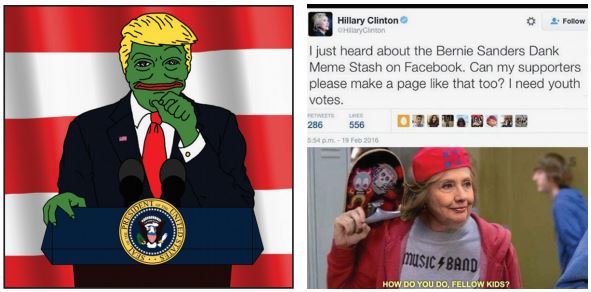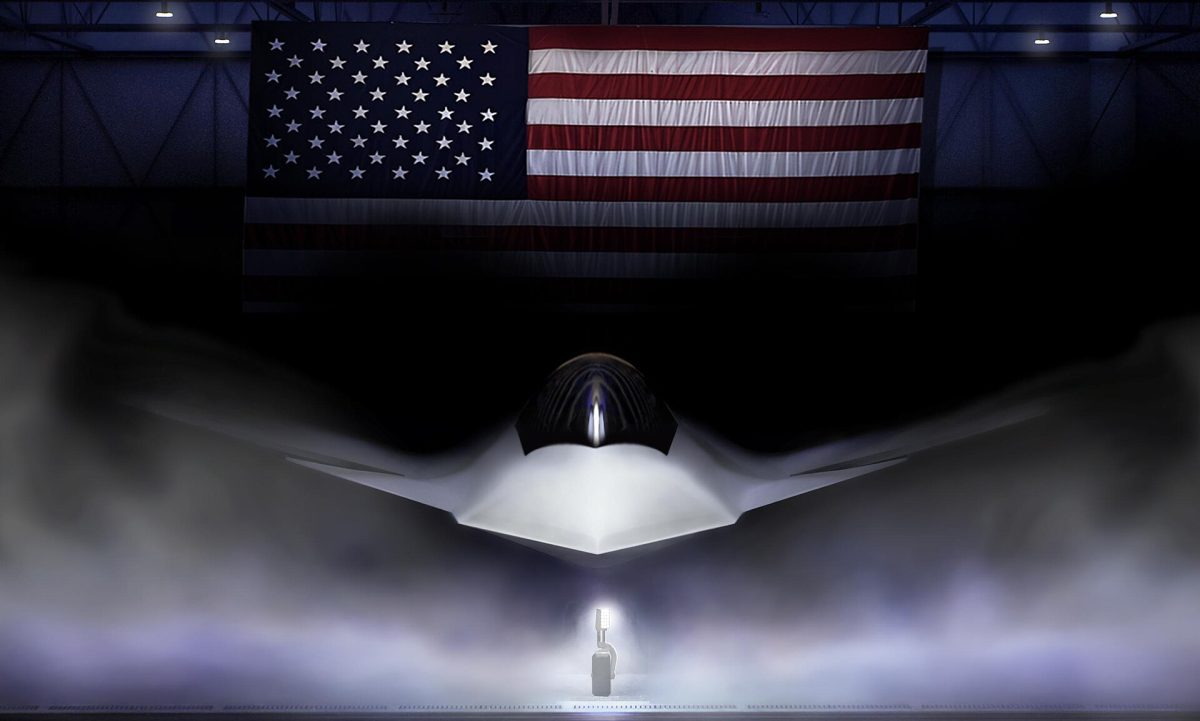Pepe the Frog. Harambe. Dat Boi. Spongebob. Reacting to the ever-changing landscape of human history, memes are our way of sending a message, our way of expressing emotions about current events and everyday life. From “oh s— waddup” to “smash that like button,” memes are the language of the millennial generation, covered with a thick layer of satire.
For those not in the know, memes are comical or ironic images shared through the internet with slight variation. Although they may be taken as simply humor, memes are more than that. They represent modern culture, and they satirize what we find wrong with it. They affect politics and ideologies. They are hated and loved, used and abused, made famous and forgotten.
Memes are a powerful and influential medium of communication.
For example, the most popular meme in the past four months has been Harambe the gorilla. In May 2016, a great ape was killed after a small child fell into its enclosure at the Cincinnati Zoo. The video of the gorilla dragging the child through its compound spread quickly to most mainstream media outlets.
Soon after, the internet responded with the phrase “dicks out for Harambe.”
The meme rightfully mocks such yellow journalism that has become extremely common in the digital age by “honoring” the dead ape. In this way, memes are similar to articles on websites like The Onion and routines by comedians such as Stephen Colbert and Daniel Tosh.
Despite this, some find offense in people’s use of memes for crude portrayals of grim events.
“When the media tries to make something very grave hilarious or light, it speaks about where our society is at: an atrocious state of trying to make light of very serious things that are happening,” said sophomore Georgia Fremon. “It’s extremely inappropriate, but it’s something that I think is a worldwide coping mechanism.”
Memes have also been an important part of the 2016 presidential election. For instance, last spring, Republican sen. and presidential candidate Ted Cruz was ridiculed on the internet for having an appearance similar to the Zodiac Killer. Everything about the two current nominees from Donald Trump’s “Oompa-Loompa” look to Hillary’s email scandal has also been a source of attention for meme users.
“Memes are really just an expression of emotion and information,” said Early College senior Noah Price.
“Much like Huffington Post articles talking about Charlotte riots will affect politics so will Pepe the Frog, Harambe, Dat Boi, etc.”
Even presidential candidates have acknowledged the significance of the internet’s children. For example, the Clinton campaign criticized one popular meme, Pepe the Frog, for being representative of white supremacy.
“Pepe’s been almost entirely co-opt- ed by the white supremacists who call themselves the ‘alt-right,’” said Hillary Clinton’s website. “They’ve decided to take back Pepe by adding swastikas and other symbols of antisemitism and white supremacy.”
And the social impact of memes is not something to be taken lightly either.
“The social impact of memes goes far beyond simply making people laugh,” said sophomore Jacob Fetzer in an email interview. “For a lot of people, memes are how they get their information on political and social issues.
This is a generation of kids growing up with access to the internet as early as first grade, so their opinions are not influenced solely by their parents and their peers.
In addition, not only do people use memes to spread their agenda and ideas, but the format in which the information is presented can be very convincing to someone who isn’t going to do further research.” In the end, memes are powerful tools for conveying a message that can be easily shared between friends, on social media and on image-sharing websites.












Walter Hassell • Dec 9, 2016 at 5:24 pm
One could make the case that the moment Clinton went after a cartoon frog was the moment she lost the election.